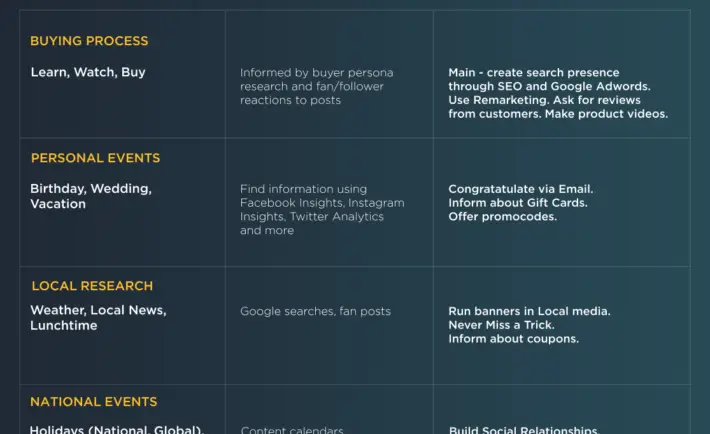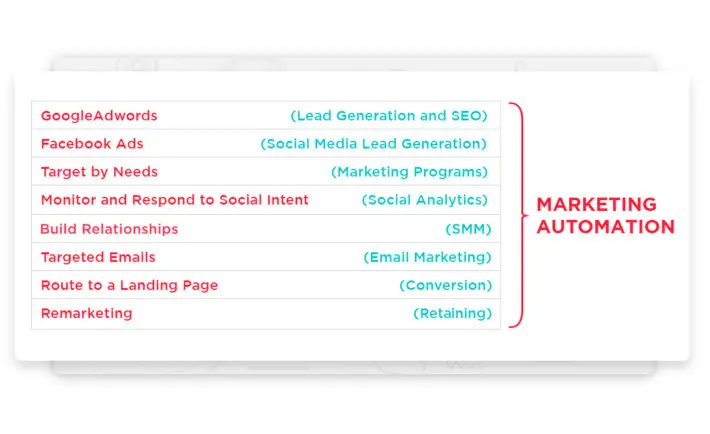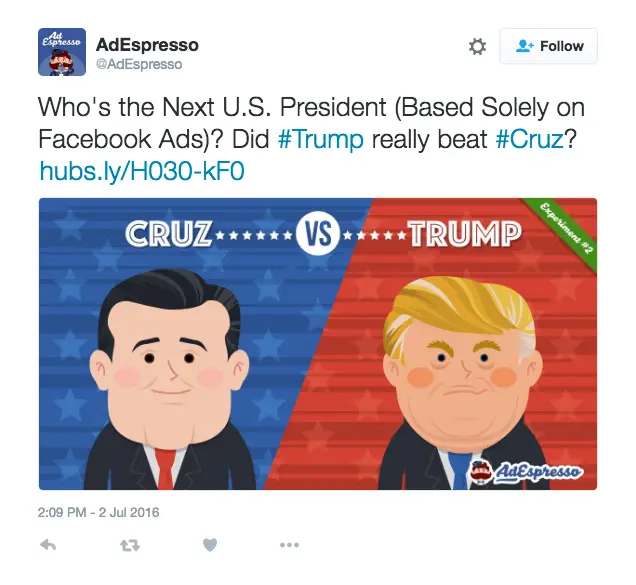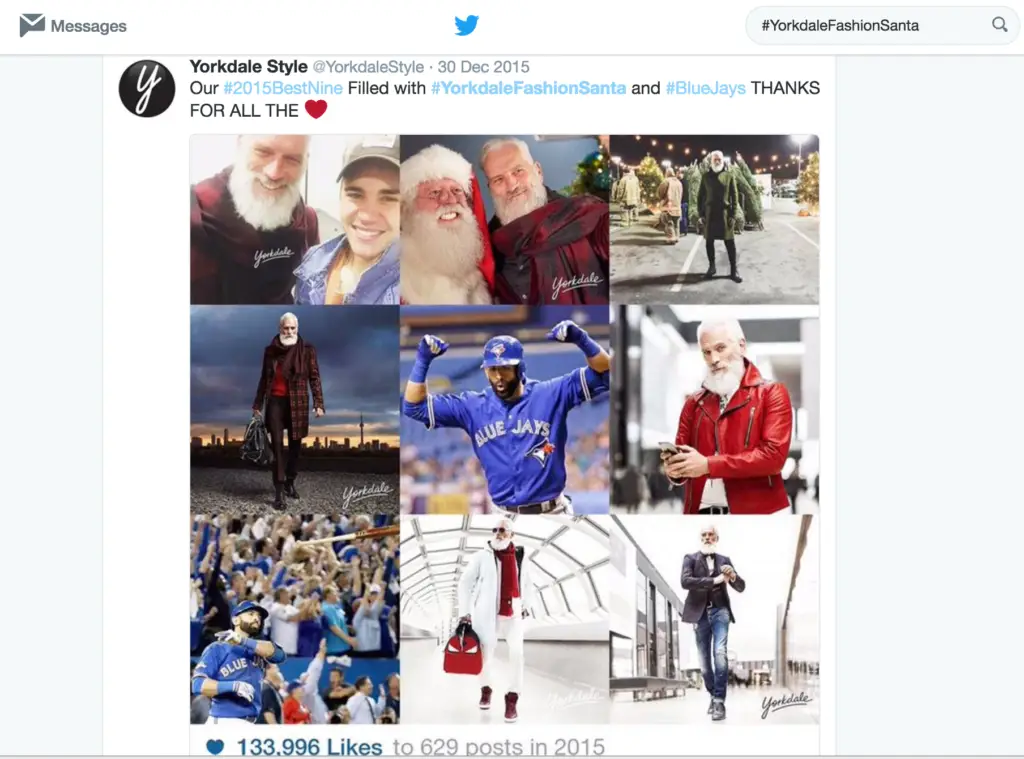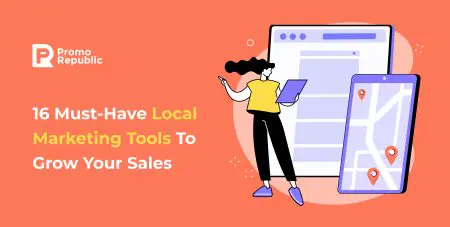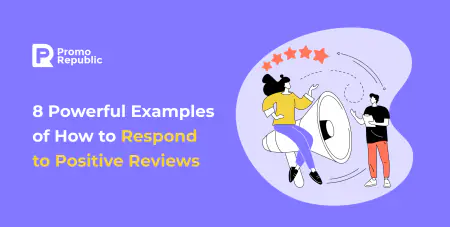A Guide to Contextual Marketing

Content writer and blog editor at PromoRepublic
I talk a lot about contextual marketing. It’s pretty much what we do here. I’ve found that there are several ways to reach your social audience. On a gut level, you can speak to something that has clear and immediate context, like a holiday or event. I’m about to tell you a bunch of cool stuff, but if you want to go ahead and start a free trial with PromoRepublic (the tool you’ll want to use to execute the plan provided in this guide), go ahead:
1500 Contextual Marketing Templates for your Posts
CTA Start Now
What Is Contextual Marketing?
Context marketing involves getting the right message to the right person at the right time. But a lot goes into that effort. Strategic content has to be visually stunning and written perfectly as well. You have to know something about your customer, however, to be able to connect on their level. You have to have completed your buyer persona or audience persona research, and you have to have done the due diligence associated with timing your campaigns. First, consider some contextual touch points.
Contextual Touch Points
Fundamentally, contextual marketing comes down engaging your audience with content in context – blog posts and social media types of posts that start a conversation and engage customers to create a meaningful and lasting experience. But how do you do that?
How about 1500 custom post templates for your contextual marketing? Try now with a free registration!
Find The Right Person and Where They Are (The “Who” and “Where” Parts of the Equation)
Today’s consumer is totally connected. They respond to personalized content that adds value to what Google calls “micro-moments” – the times a person is using a mobile device for something other than texting or calling. In order to understand how to capture these micro-moments, you need to understand what your customer wants during them:
- Usage research – how does your target audience use digital media? When are they online? What platforms do they visit most? When do they visit them?
- Why is your audience using a platform at a particular time? Anticipate pain points so you can craft the right message when the time comes. Think about posts related to things like:
- Answers to Questions (where to shop, where to learn, etc.)
- Holidays
- National Events
- Local Events
- Weather
- Mealtimes
- Birthdays
- Weddings
- Educational Resources
- News
- Brand research – how does your audience feel about your brand? What do they expect in terms of marketing content from you, based on what you’ve already been giving them?
- Surveys – what better way to understand the customer’s mind than to ask them? Surveys can give a brand critical information about what people expect.
Get access to 1500 post ideas for your contextual marketing. Register for free!
Find The Right Message and the Right Time (The “What” and “When” Parts of the Equation)
Part of your context market research should include figuring out what sort of message you should be sending to your audience. Regular content marketing focused on campaigns, media schedules, CPMs and relevant-as-possible messaging. Contextual marketing focuses on engagement, interactions, customer recognition, minutes of engagement, and contextual utility. This includes:
- Shifting from product to consumer-centric messaging. Relevance is key, and it’s important to find something that resonates with your audience at the time you’re communicating with them.
- Finding the right time to communicate with your audience. If you see that your audience is active on a social channel at lunchtime, offer them a coupon for a restaurant near them. The most powerful thing you can give your audience is something they want right at the moment they want it.
- Using creativity and stunning visuals and engaging and delighting your audience. Here is an article devoted to The Creation of Stunning Visuals. Visual is the best way to communicate in social media marketing. Studies show that visual Facebook posts get 53% more likes than plain text posts, and Instagram has surpassed Twitter in terms of daily users.
The way you present your message has to have some context in marketing your service and product. In other words, the blog post, social post or ad you place in front of your audience has to lead them somewhere they want to go. It has to create an experience, build value or encourage engagement. Whether you’re looking to convert your social audience into leads or leads into customers, you need to have a strategy in place. You can do this by:
- Smart CTAs; you can customize the call-to-action based on a user’s industry, location, past activity, or their position in the sales funnel.
- Personalized social marketing with one-on-one interactions via Facebook conversations, Tweets and other social media conversational tools. What better way to understand what a customer wants than to hear it from them?
- Making the connections between different digital touchpoints and customizing your messaging to hit customers on all platforms in a consistent way.
- Understanding the connection between local marketing and contextual marketing. When you know where a customer is, what better way to connect than through messages that recommend products or services that can help them with their daily life?
Contextual marketing is an important component of content marketing because it is all about personalizing the user experience, rather than using a digital platform to evangelize your product or service. Once you have your message and its goal in place, it’s time to figure out a management and delivery system.
Find The Right Technology (The Ever-Important “How” Part of the Equation)
You may think your marketing automation tasks are over, but never ignore the CDP (Client Data Platform). A great variety of tools, both online and offline are designed to manage existing customer relationships and identify new prospective customers. You have to find the right tools that help you:
- Connect all platforms to your content. It’s crucial that you connect on as many touch points as possible, and that you integrate the data into your context analysis, marketing successfully to your users in a way that seems seamless.
- Make sure that your content is heavily personalized, whenever possible. This is the very definition of marketing in context. Not only do you know your customer’s name, but you know her purchase history, the posts she’s liked in the past and what she’s had to say about your brand. It takes a powerful data repository to collect that type of information.
- Automate your content wherever possible. It’s going to take you time to collect all the rich data that will make marketing in context possible. Hit on customer touch points with posts about holidays, events and trends to keep users engaged and content fresh. Not to brag, but here at PromoRepublic we have such a tool and it’s growing and expanding to help you with your contextual marketing plans.
Your technology should help you measure the quality of customer engagement, collect rich data, and push content out via multiple platforms. You might choose to combine a number of technologies to accomplish this in low-cost, high-return context marketing.
Now that you understand a little about what contextual marketing is and how it’s done, let’s take a look at some brands that are doing it right.
Show Me Some Successful Context Marketing Examples
Here are some examples I think personify pitch-perfect contextual marketing:
AdEspresso
The current presidential election is top of mind for most Americans. Adspresso, a Facebook advertising consultancy, used contextual marketing to get attention from search and social networks with this Tweet:
Not only did they use an eye-catching visual post, they used a little bit of controversy to get the attention of their Twitter followers. Who wouldn’t click on that link to see what AdEspresso had to say? In the article, they examined the social media campaigns implemented by the two Republican party frontrunners at the time, Ted Cruz and Donald Trump. They showed examples of each candidate’s Facebook ads, and were able to display their thought leadership and expertise with their analysis. This is a great example of contextual marketing – from the grabbing visual post to the well-written blog content.
M&M’s
Mars, Incorporated’s popular brand, M&M’s jumped on the gamification bandwagon in February of 2015 when it posted a picture of a bunch of scattered M&M’s with a pretzel hidden in the picture. It got over 6200 shares and was extremely well-received. People like to participate in activities like this and it goes over quite well on Facebook and Twitter.
Toronto’s Yorkdale Shopping Center introduced a new kind of Santa Claus during the holiday season of 2015. Dubbed “YorkdaleFashionSanta, stunning 51-year-old model Paul Mason plays a slimmed-down, hipster Santa. So, as you can imagine, the social media posts are gorgeous. But Yorkdale did something more with this campaign. For every selfie with Fashion Santa posted with the hashtag #YorkdaleFashionSanta, the shopping centre donates $1 to the SickKids Foundation, up to $10,000. Selfies are counted across social media channels, so this is a great opportunity for Yorkdale to see where their customers are, digitally speaking while contributing to a worthwhile cause.
Holidays provide that type of opportunity, because they allow you to engage on a deeper level with a larger audience. This type of contextual post is about the holiday season at hand – everyone’s present moment, and it touches your audience directly. PromoRepublic has a ton of holiday-themed templates that are ready for your use. I have seen it myself, in my own marketing.
I’d like to say that contextual marketing is the future of all marketing, but the truth is that the future is now. Marketing professionals have been gathering case studies and evidence that truly the ONLY way to market is personally. Contextually. Thoughtfully.

